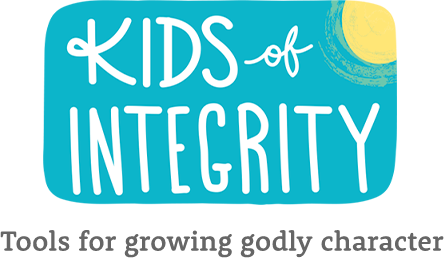Compassion
The idea behind this exercise is to let your children go barefoot awhile so they can have empathy and compassion for children who do not own a pair of shoes.
Begin by doing an inventory of all the shoes each member of your family owns. List all the different types of shoes you have, such as formal shoes, casual shoes, running shoes, golf shoes, tennis shoes, high heels, flip flops and summer sandals.
If it’s seasonally appropriate, set up different barefoot experiences in your backyard by providing a variety of surfaces for your children to walk on. You might be able to include concrete, gravel, bare dirt, grass, and even “snow” made by shaving or finely crushing ice cubes.
If it’s too cold to do the barefoot exercise outdoors, create a sensory experience for your children using a shag rug instead of grass, Lego blocks spread on a mat for a rougher surface, a cold concrete basement floor, and crushed ice or snow in a bathtub.
Finish with a foot bath where you get to soak your dirty, sore feet in a tub of warm water. While you are soaking your feet, use the discussion questions to help your children connect their experience to the harsh realities of life for other children who have no shoes at all.
Give your children an opportunity to show compassion by collecting shoes for those who need them. Begin by checking with inner-city churches or shelters to see if they are in need of footwear donations. Then ask at a local recreation centre or gym if you can collect used running shoes for the homeless in your community. Set up a large bin and a sign explaining that all donated footwear will be given to those in need. You may also want to canvas friends, family and neighbours for items they would like to donate.
Perhaps you’d like to broaden your scope of collection. When you are in contact with your local charities, ask for a list of items needed to help those less fortunate. Once you have gathered the items, make sure they are clean and in good repair and deliver them to the charity of your choice.
Questions for discussion
- Even though it’s fun to go barefoot, what are the dangers of walking around without shoes on?
- What did it feel like to walk on the ________?
- What was the softest surface? And the hardest?
- Which surface did you walk on that made you wish you had shoes on?
- What could you do if it was winter and you had to go outside, but you owned no shoes?
- Would you like to help some people who don’t own any shoes?
Note: If your children notice homeless people in your community, encourage your children to have compassion for them, rather than viewing them with fear or disdain. Tell your children that many of these people do not have jobs or homes to go to. Talk about what it must be like to live without warm clothes, shelter or access to water for hygiene. Explain that homeless people sometimes look dirty or unkempt, but that doesn’t mean they are unkind or prone to criminal behaviour. Remind your kids that God loves the homeless just as much as He loves your family.
Relevant Scripture
1 John 3:17 “But if anyone has the world’s goods and sees his brother in need, yet closes his heart against him, how does God’s love abide in him?
”
Matthew 25:40 “And the King will answer them, ‘Truly, I say to you, as you did it to one of the least of these My brothers, you did it to Me.’
”
- Acceptance
- Adaptability
- Attentiveness
- Christmas
- Compassion
- Confidence
- Consideration
- Contentedness
- Cooperation
- Courage
- Courtesy
- Discernment
- Easter
- Faithfulness
- Forgiveness
- Generosity
- Gentleness
- Gratitude
- Harmony
- Honesty
- Humility
- Joy
- Kindness
- Obedience
- Patience
- Perseverance
- Respect
- Responsibility
- Reverence
- Righteousness
- Self-control
- Thanksgiving


